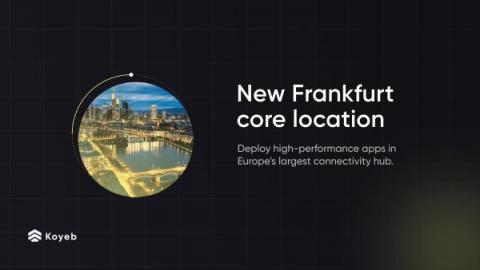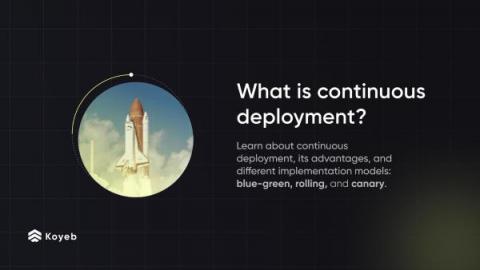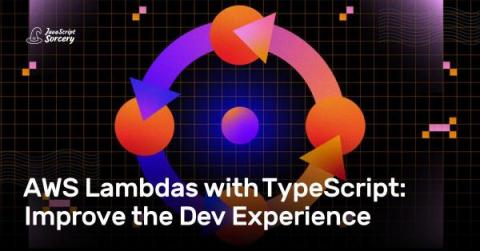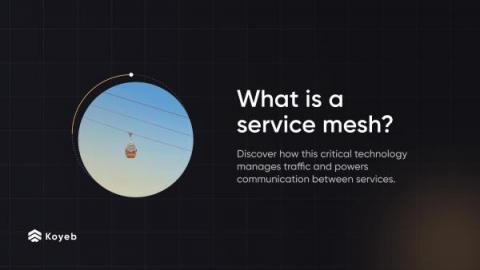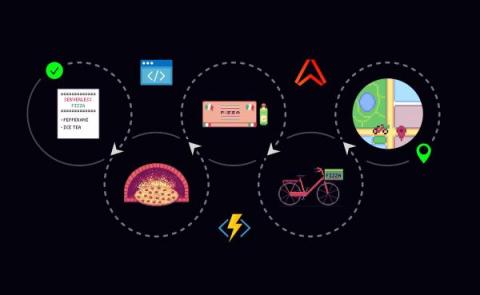US-East region is live: deploy your apps in Washington, DC
Our US-East region is now available to deploy all your full-stack apps and APIs! 🇺🇸 Connect a Git repository, select your region, we will build your app and run it inside of MicroVMs on top of high-performance BareMetal servers in the most interconnected location worldwide: Washington, US-East. Sign up and give it a try!



